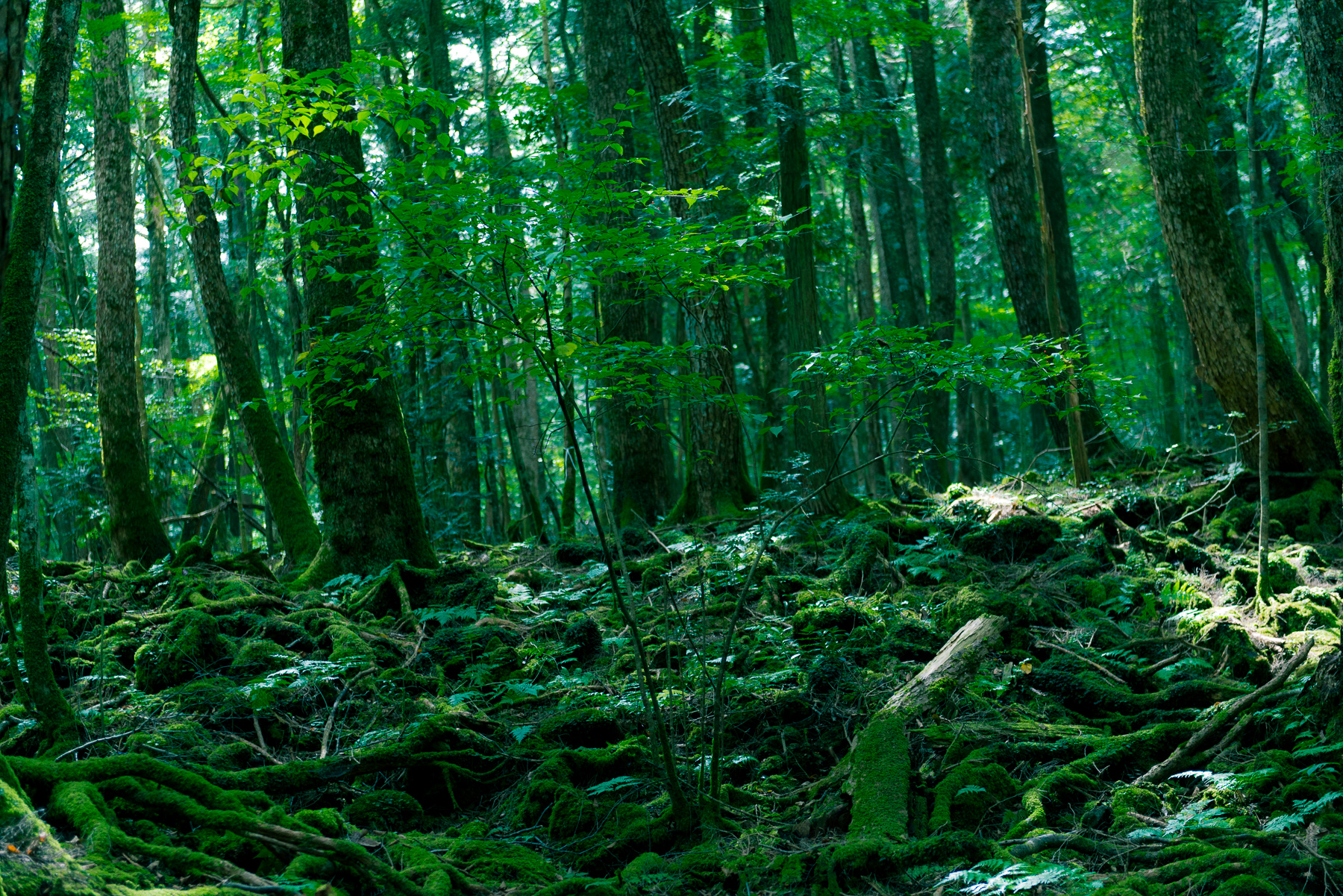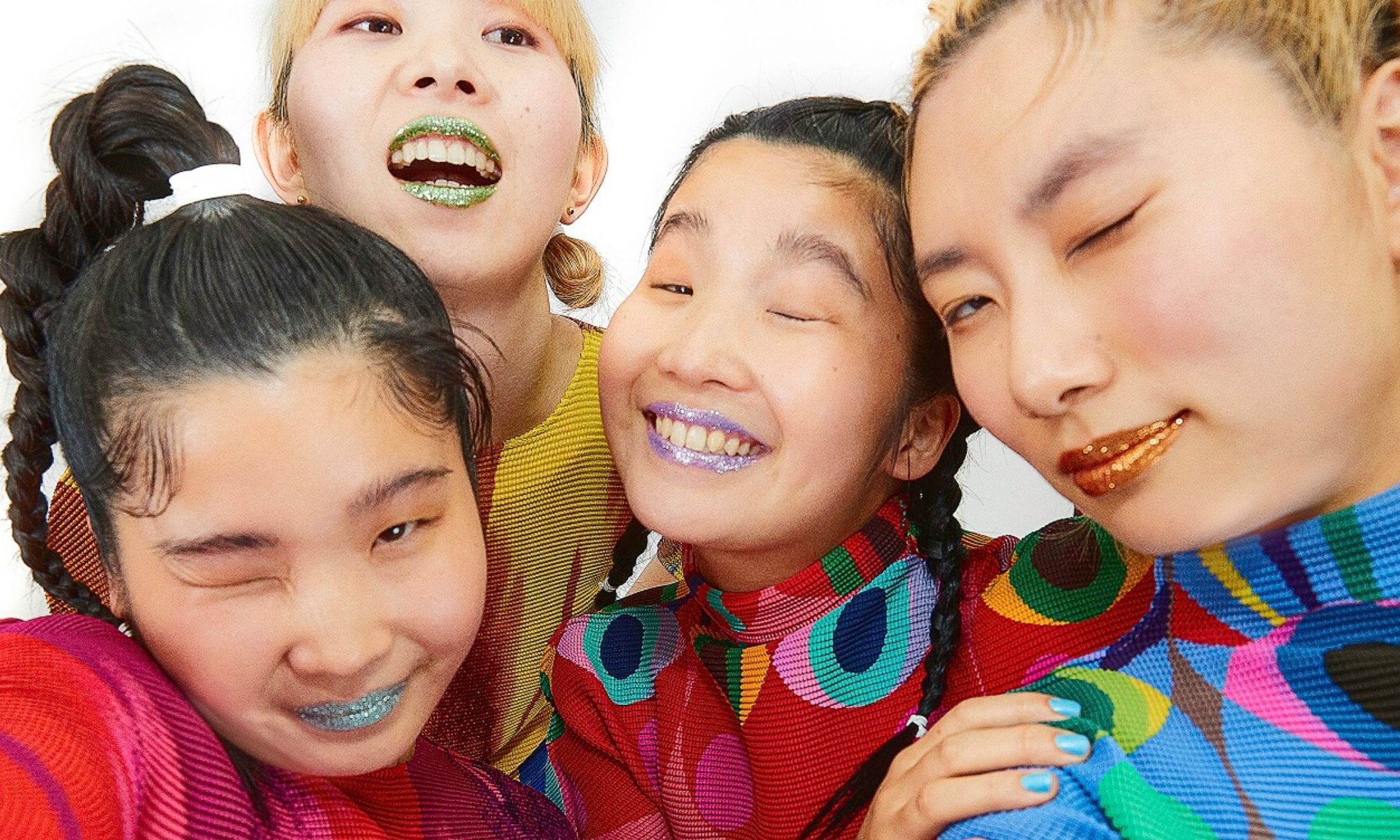
The Forest: Hollywood’s whitewashing of Japanese suicide
Joanna Sing and Aditi Shivaramakrishnan
24 Dec 2015
At the northwest base of Mount Fiji, Japan, lies a 14 square mile stretch of forest. It is known as Aokigahara, the ‘Sea of Trees’, or the ‘Suicide Forest’.
This latter name refers to the forest’s reputation as a place to take one’s own life; it’s ‘the most popular suicide destination in Japan’, with over 100 bodies found there every year. It is this aspect of Aokigahara that has inspired ‘The Forest’ – a ‘horror thriller’ scheduled for release in the USA early January 2016.
The trailer depicts a young, white American woman, played by Natalie Dormer, who leaves her cosy American home for Aokigahara in pursuit of her twin sister, who enters the forest and, mysteriously, never returns. We also see a foreboding, elderly Japanese lady (“no guide! Forest is very dangerous!”), a Japanese tour guide, and a sexy white man (played by Taylor Kinney) who, eventually, agrees to enter the forest with our sexy white protaganist.
Now, there is a lot of bad taste going on with this movie. That so many Japanese men and women commit suicide every year in this particular geographical spot should mark Aokigahara out as a site of trauma and tragedy, rather than fair game for an American horror movie director to capitalise on. Aokigahara is the second most popular suicide destination in the world; the first is the Golden Gate Bridge. Had director Jason Zada selected San Francisco rather than mysterious, exotic, alien Japan as the setting for his suicide-themed flick I suspect his western audience might incite a more critical debate on ‘how soon is too soon?’.
So the conceptualization of this film by a white American director, at all, is troublesome. That east Asian actors seem to have been cast only for minor roles, despite the film being set in Japan and based on a current and historical Japanese social phenomena, simply adds insult to injury.
If Zada had gone ahead with this movie as he has, but cast east Asian actors and actresses in the lead roles, I would have been substantially less bothered by the existence of this film. I would still seriously question how appropriate the setting is given the context, but I would have been happy to see east Asian actors and actresses play lead roles with interesting characters and complex emotions. In fact, I hate horror films, and the trailer looks kind of pathetic, but I would have paid to go and see ‘The Forest’ anyway. Because it’s 2015, and realistic portrayals of east Asians are still so thin on the ground, throughout not just western cinema but television, literature, music and theatre too, and I am getting desperate.
We are used to seeing yellow faces in these roles: the comedy character (see non English-speaking Kimmy Jin in ‘Pitch Perfect’ or technology-obsessed restaurant manager Han Lee in ‘Two Broke Girls’); the meek but beautiful female victim (Miss Saigon, Cho Chang in ‘Harry Potter’, Memoirs of a Geisha); the hypersexual nymph (Tila Tequila, any Asian fetish porn of your choosing). East Asians are not lead characters who have complex emotions, personal histories, ambitions or flaws to match their white counterparts, but jokes, accessories for Gwen Stefani and Avril Lavigne, or something to dress up as when being white isn’t funny enough.
That Zada feels whitewashing over 100 Japanese suicides a year is more appropriate than casting east Asian actors is testament to how powerful and entrenched these tedious stereotypes are to the entertainment industry. By continuing the dehumanization of east Asians onscreen, he dehumanizes east Asians in real life – whether they be far away in Japan, or closer by in movie theatres in the UK and US.









